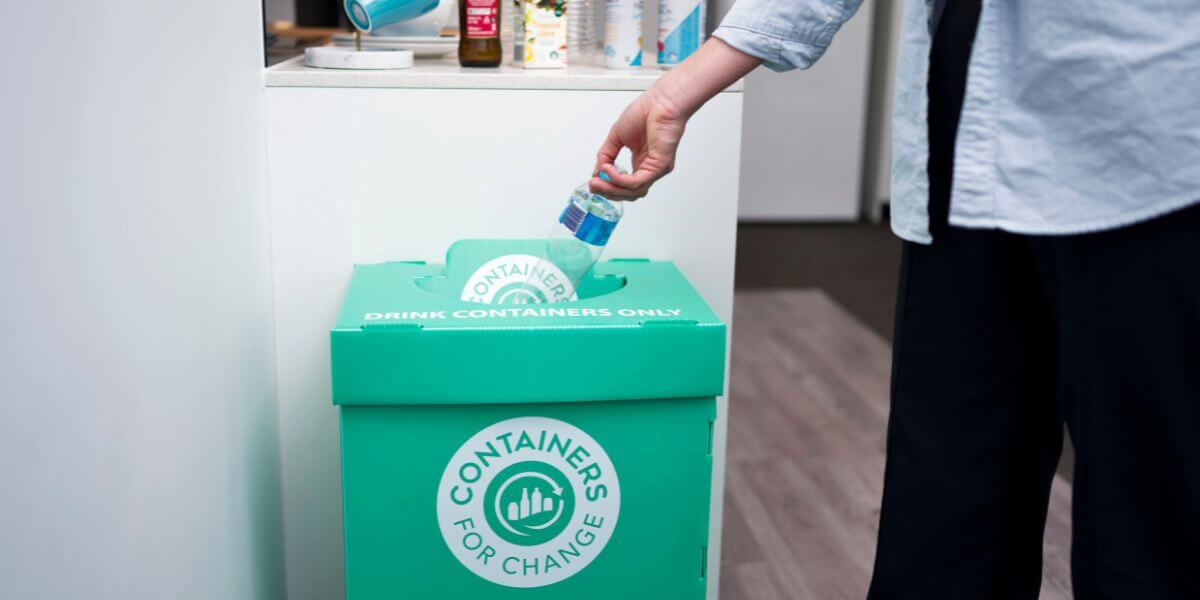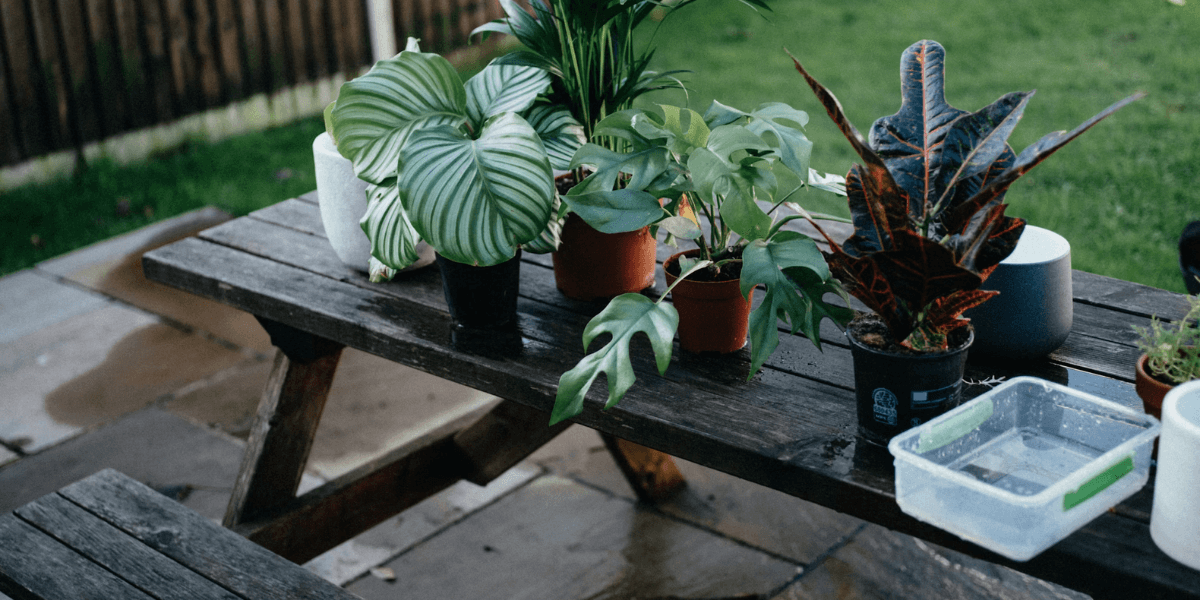HOW TO SAVE ENERGY AT HOME
Making a few small changes to the way you use energy can make a huge difference to your next bill. Come along as the team at Sustainable Living Brisbane takes you on a room-by-room guide around the house to help you save energy.
THE FAMILY ROOM

Switch appliances off at the wall – This may seem like an insignificant change to make at home but TV’s, DVD players, computers, stereos and game consoles still use energy in standby mode. When not in use, simply switch these appliances off at the wall – easy!
Use a power board – A power board can supply electricity to multiple appliances at the same time and allows you to switch off all appliances using the same switch.
Use lamps or spotlights – If you only need a small amount of light, use a lamp or a spotlight instead of one of the main lights in the room. Not only is this better for your energy bill, it also happens to be better for your eyes too!
Use energy-saving globes – Change your old light globes to compact fluorescent ones, this will save you those extra dollars in the long run.
How many lights do you have on? – This might seem obvious to some, but turn off lights in the rooms you’re not using. Remember: Last out, lights out!
THE KITCHEN

Microwave oven – Thaw your food in the fridge first to reduce cooking time. Microwaves use less energy than an oven but if you happen to need to use the oven, avoid continuously opening the door.
Using the stove top – Keep lids on pots when cooking to reduce the amount of time and energy used. Dinner will cook faster too!
Boiling water – Use an electric kettle rather than the stove, it’s better for your wallet and the environment. Only boil what you need too! There’s no need to fill the kettle every time.
Dishwasher – Use the economy cycle for everyday washing and only run the dishwasher when it’s full. This helps to save water too.
Fridge & freezer – Set your fridge temperature to 4/5°C degrees and your freezer temperature between -15°C and -18°C. Keep your fridge/freezer in a cool, well-ventilated spot away from the oven and the sun to save electricity. Tip: Keep a five-centimeter gap around your fridge so air can circulate.
THE LAUNDRY

Washing clothes – Only run the washing machine or dryer with a full load. Use cold water to wash clothes and spin them thoroughly before drying.
Drying clothes – Use a clothesline instead of a dryer wherever possible. We live in sunny Australia so take advantage of those beautiful blue skies. If you can, try to only use a dryer with a full load and when clothes are wrung well first. Clothes should never be placed in the dryer dripping wet and your lint filter should always be kept clean.
THE BATHROOM

Use water wisely – Set the hot water temperature to 50°C. Installing water-saving shower heads in your home will reduce the amount of hot water and energy used. We know it can be hard to do in colder weather but it’s best to try and shorten showers to less than four minutes.
Switch off appliances – Switch off appliances such as hairdryers, electric toothbrushes and radios at the wall.
OUTSIDE

Use timers and sensors – Use programmable timers and sensors to light outdoor areas. This is great for those of us who are sometimes forgetful and fail to remember to turn off the lights as we leave.
Use solar power – Consider using outdoor solar lights for your garden or outdoor areas.
Separate your lighting – Separate any lighting in your outdoor area so you can choose which areas to light without having to turn on everything.
COOLING AND HEATING YOUR HOME
Reduce your need for cooling and heating devices with the following:
- Close the doors to any unused rooms in the house to reduce the area you need to cool or heat.
- Keep curtains and outside window shades closed to reduce the amount of energy needed to maintain a consistent temperature inside.
- Rather than heat your bedroom, add another blanket to your bed or use an electric blanket, wheat bag or hot water bottle. Get yourself as snug as a bug in a rug.
Look after your cooling and heating systems -Clean your air conditioner or cooler so it doesn’t use as much energy to run. Turn off your cooling or heating overnight and when you’re not home.

All these tips are easy to do throughout your home everyday. Give them a go and see how much money you can save on your next power bill.
Source: Energy Australia

The author
This post was written by the BSA Sustainable Living team! We’re here to help you reduce your environmental footprint and lower your cost of living along the way.








